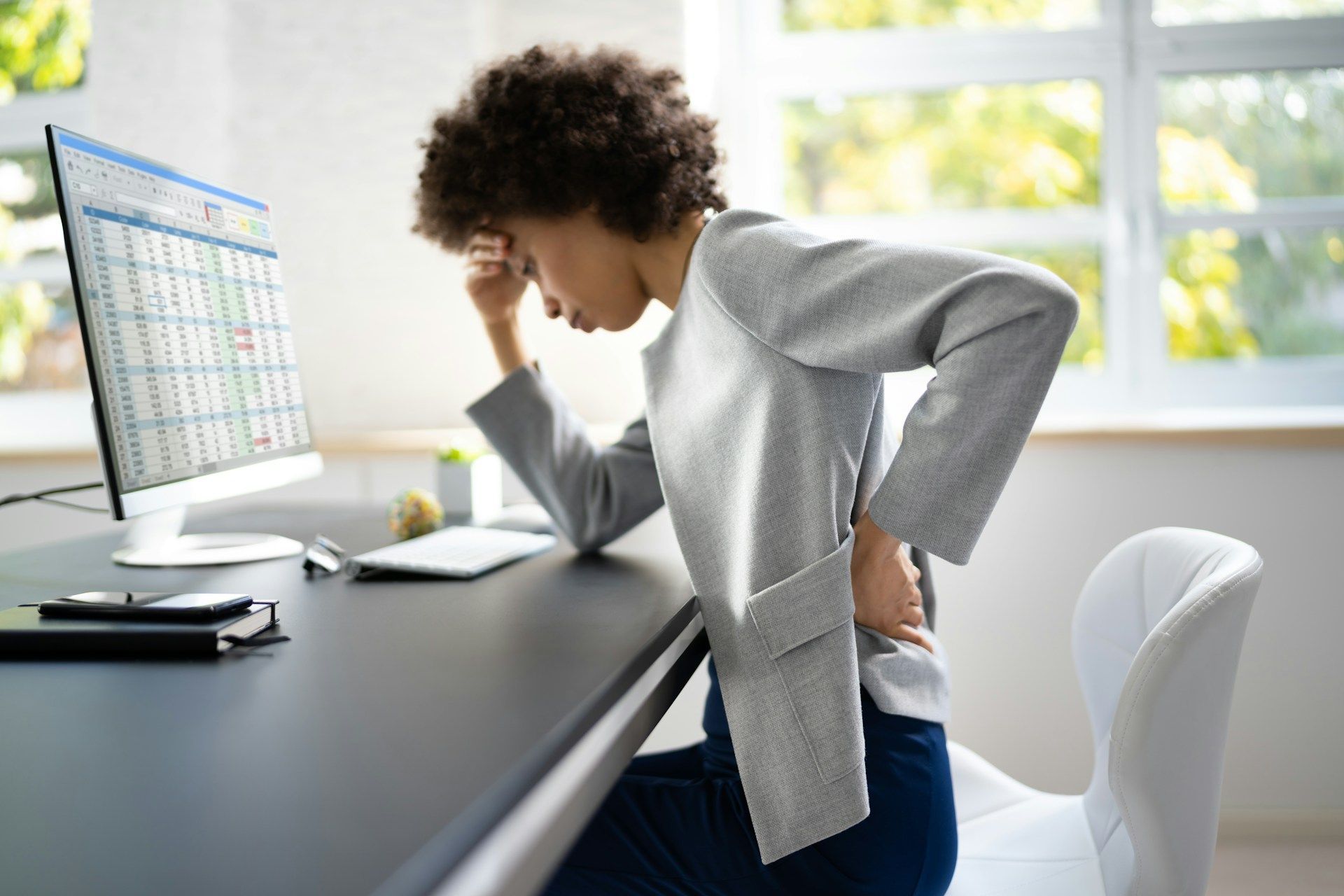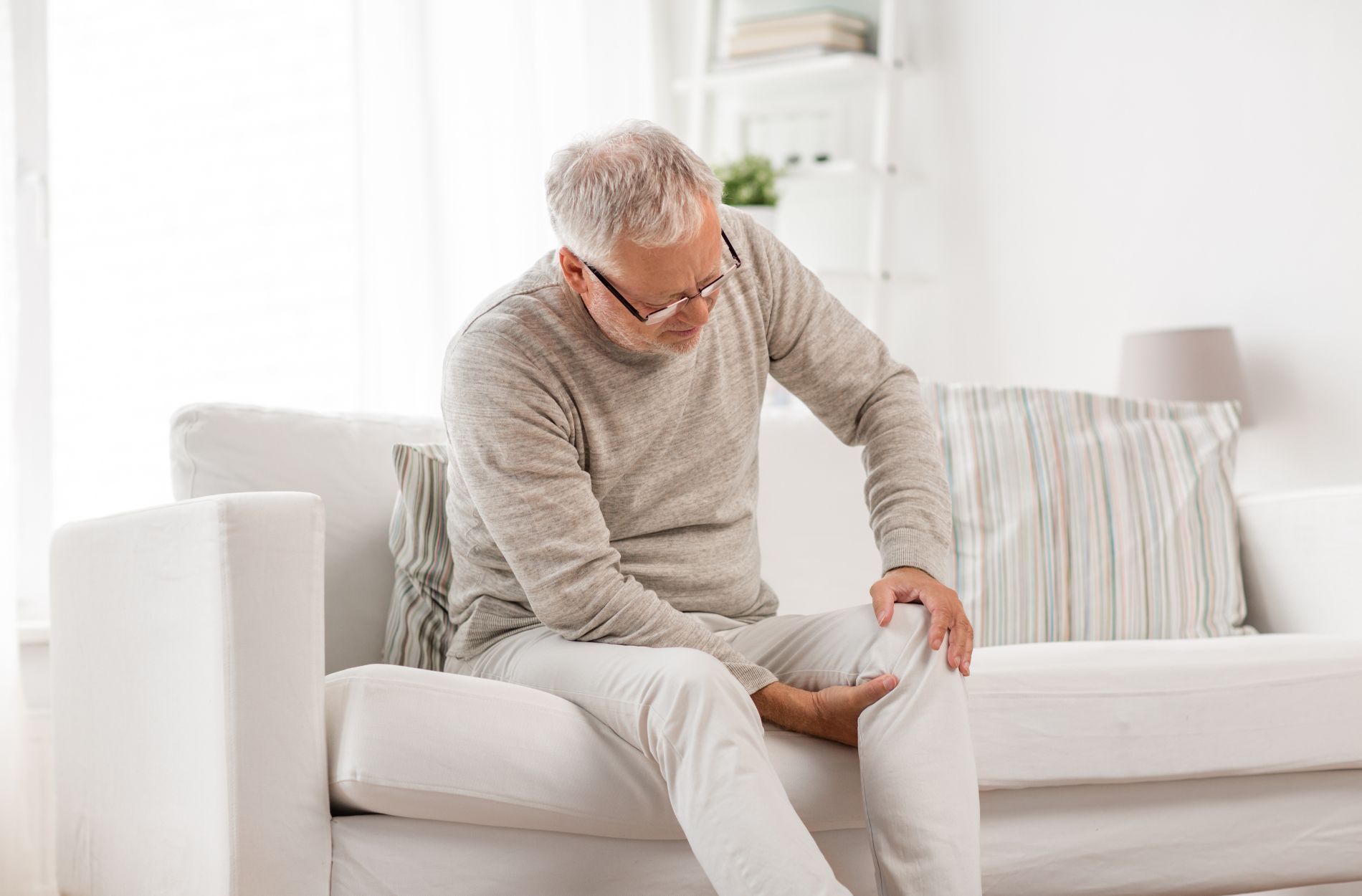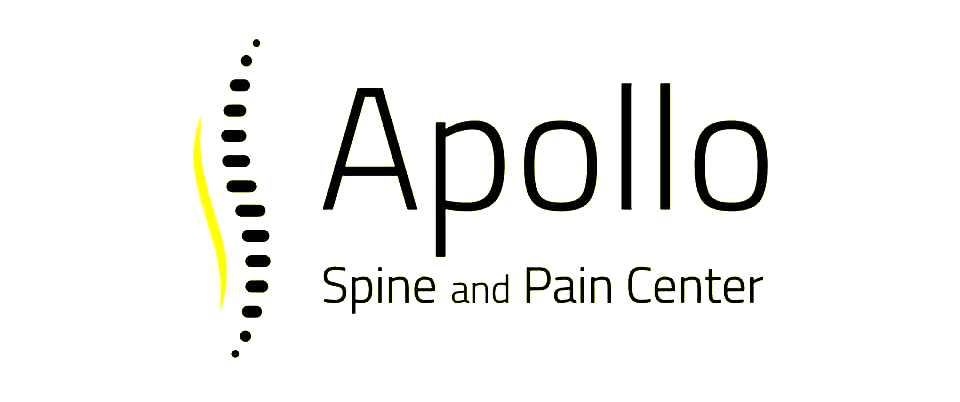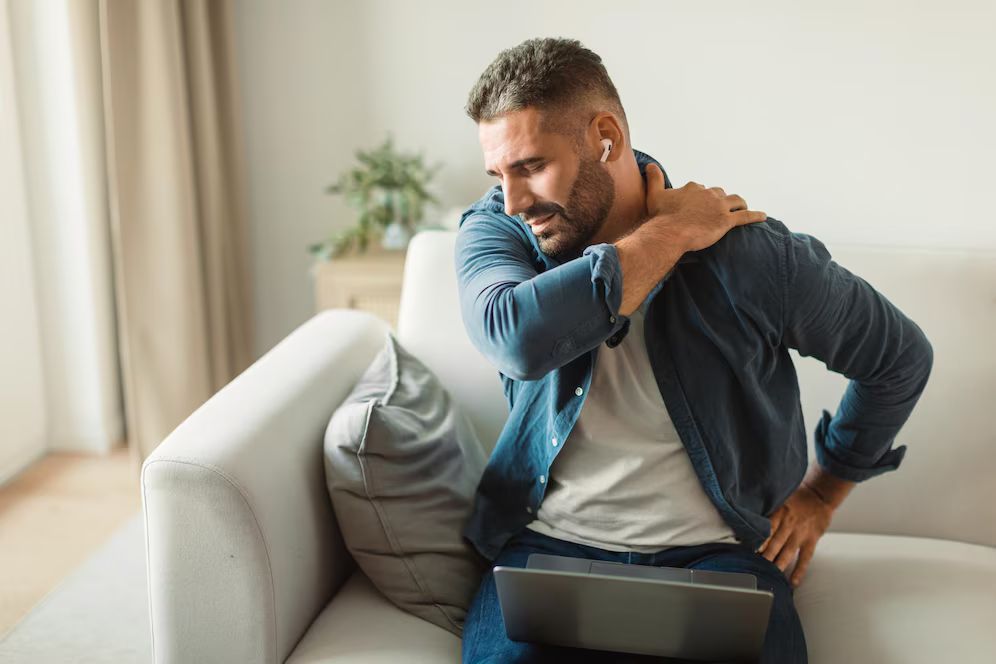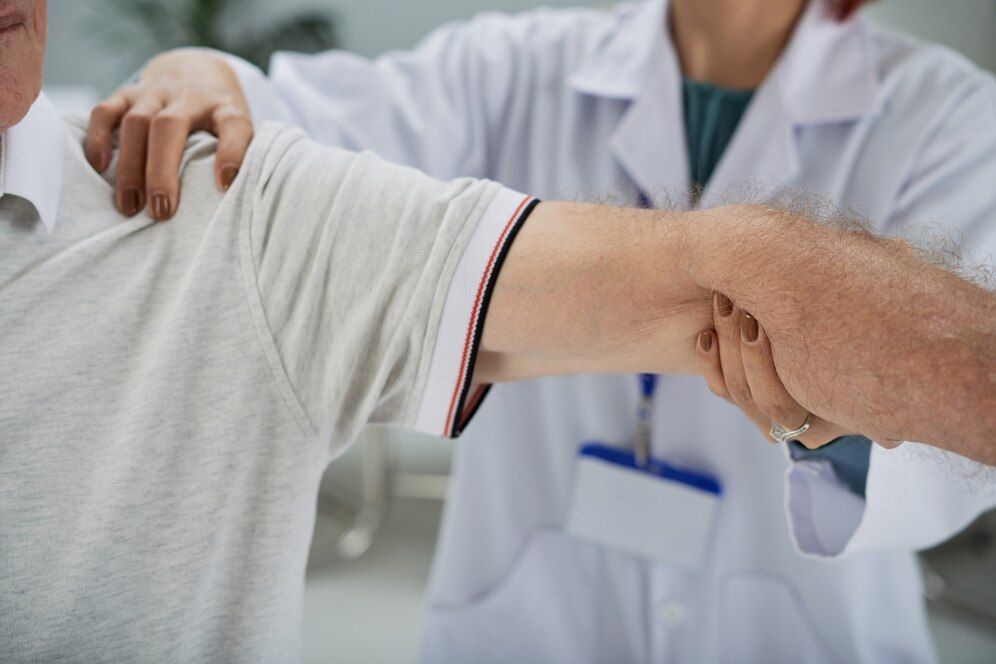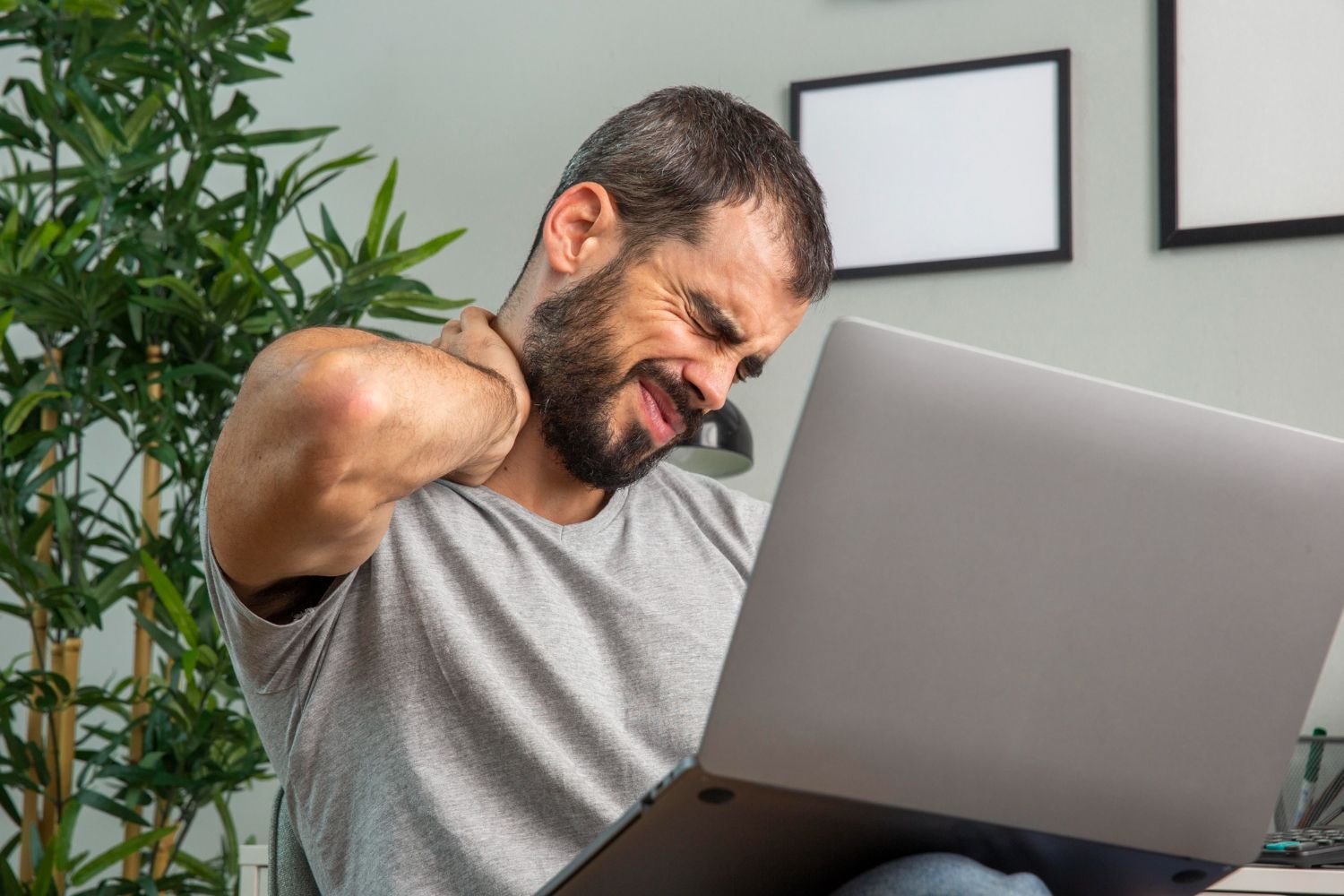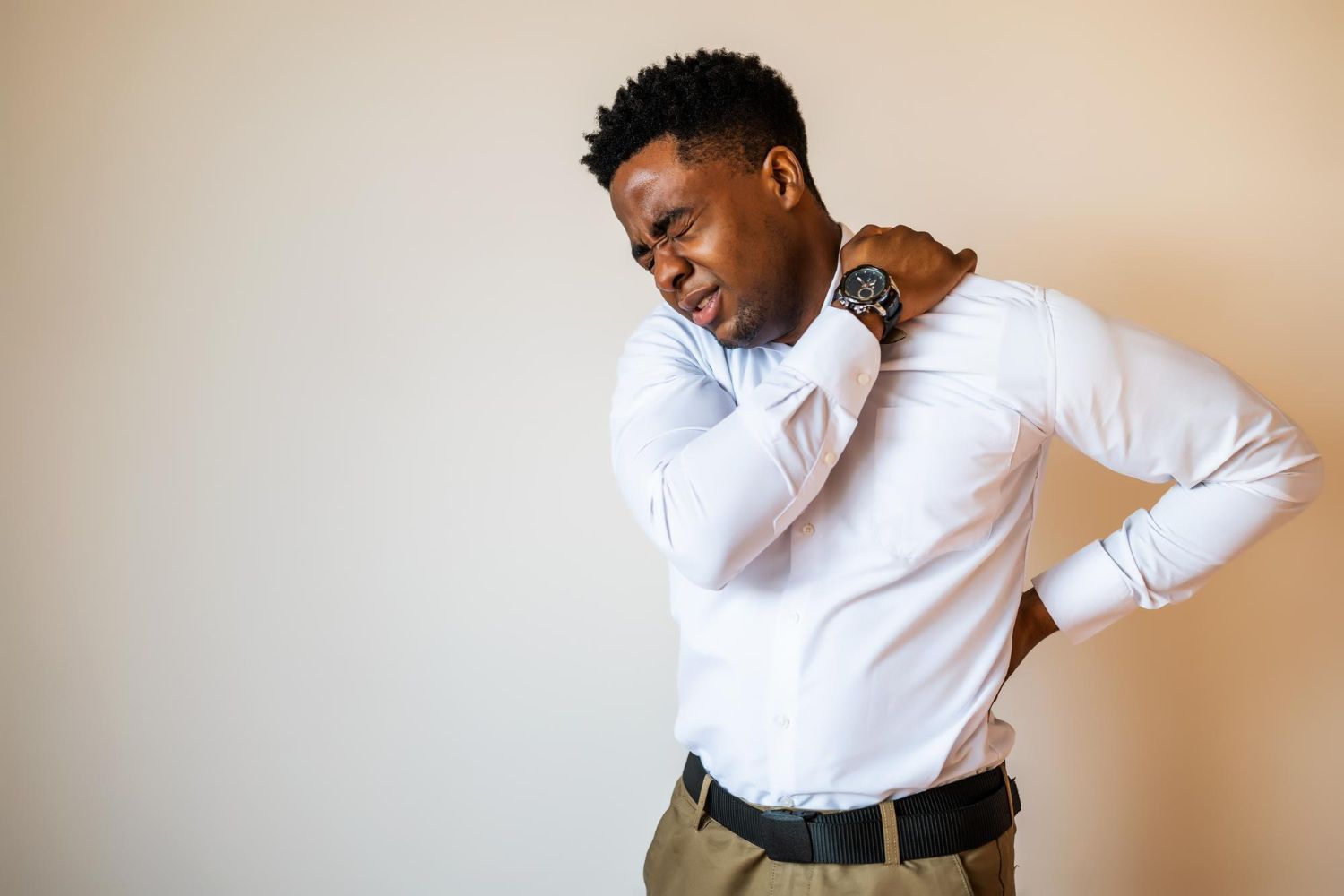Understanding Spinal Stenosis and Treatment Options
Spinal stenosis is a condition where the spaces within your spine narrow, putting pressure on the nerves that travel through the spine. This can lead to pain, numbness, and muscle weakness, often affecting the lower back and neck. It's most common in adults over 50, but younger people can also experience it due to injury or genetic factors.
Many people with spinal stenosis manage their symptoms through a variety of methods. Understanding the causes and symptoms can guide you in taking steps to alleviate the discomfort. Diagnosing spinal stenosis typically involves imaging tests and a physical exam to pinpoint nerve compression.
Once diagnosed, several treatment options can help manage the symptoms of spinal stenosis. Non-surgical treatments include physical therapy and medications that can ease pain and inflammation. If these options don't provide enough relief, there are advanced interventional techniques available that can significantly reduce discomfort and improve quality of life. Knowing your options can empower you to make informed decisions about your health and well-being.
What Is Spinal Stenosis? Causes and Symptoms
Spinal stenosis is a medical condition characterized by the narrowing of the spinal canal or the spaces in the spine. This narrowing causes the compression of the spinal cord and nerves, leading to discomfort and various symptoms. The condition primarily affects the lumbar (lower back) and cervical (neck) regions of the spine.
Several factors can contribute to the development of spinal stenosis:
1. Age-Related Changes: As people age, natural wear and tear on the spine can lead to degeneration of the discs and joints, causing the spinal canal to narrow.
2. Arthritis: Conditions like osteoarthritis and rheumatoid arthritis can cause inflammation, leading to thickening of spinal ligaments and formation of bone spurs, which can reduce space in the spinal canal.
3. Herniated Discs: Discs that have slipped out of place can press on the nerves.
4. Congenital Spinal Stenosis: Some individuals are born with a narrower spinal canal.
5. Injuries and Tumors: Accidents and certain tumors can impact spinal structure.
The symptoms of spinal stenosis vary based on the location of the narrowing. Common signs include:
- Pain: Dull or sharp pain in the back or neck.
- Numbness or Tingling: Especially in the limbs.
- Weakness: Muscle weakness, making it hard to walk or balance.
- Cramping: Increased pain during activity and relief during rest.
Identifying these symptoms can be the first step in seeking appropriate treatment and managing the condition effectively.
Diagnosing Spinal Stenosis: What to Expect
Diagnosing spinal stenosis involves a detailed evaluation process to accurately identify the cause of symptoms and rule out other conditions. The diagnostic journey usually starts with a comprehensive medical history review and a thorough physical examination. Doctors will ask about the nature of your symptoms, their duration, and any factors that worsen or alleviate the pain.
During the physical exam, the doctor may:
- Test Range of Motion: Check the flexibility and strength of the spine and limbs.
- Assess Reflexes: Evaluate nerve function and response.
- Inspect Posture and Gait: Observe how you walk and stand.
If these initial evaluations suggest spinal stenosis, further diagnostic tests may be recommended, including:
- X-Rays: These provide images of your spine to reveal bone changes, such as bone spurs, that could indicate stenosis.
- MRI (Magnetic Resonance Imaging): This test gives detailed pictures of soft tissues and can show bulging discs and ligament overgrowth.
- CT Scan: Offers cross-sectional images of the spinal canal, showing both bone and soft tissue in more detail.
These imaging tests help in confirming the diagnosis and determining the exact location and extent of spinal compression. Accurate diagnosis is crucial for developing an effective treatment plan tailored to your specific needs. It ensures that the path to relief is clear and precise, setting the stage for improved quality of life.
Non-Surgical Treatments for Spinal Stenosis
Non-surgical treatments can be highly effective in managing spinal stenosis, focusing on reducing pain and improving mobility. These treatments are suitable for those who might not need immediate surgical intervention.
1. Physical Therapy: Engaging in regular physical therapy helps strengthen the muscles around the spine. Therapists design exercises tailored to your needs, improving flexibility and posture, which can significantly reduce pressure on the spine.
2. Medications: Over-the-counter pain relievers, like ibuprofen or acetaminophen, can help alleviate pain and inflammation associated with spinal stenosis. In some cases, prescription medications such as muscle relaxants or nerve pain relievers may be recommended.
3. Epidural Steroid Injections: These injections deliver anti-inflammatory medication directly to the affected area, offering relief from pain and inflammation. They are particularly beneficial for acute flare-ups and can provide lasting relief when combined with other treatments.
4. Chiropractic Care: Chiropractic adjustments focus on aligning the spine, which can help reduce nerve irritation and improve overall spinal function. These treatments should be done under the guidance of a healthcare professional.
5. Acupuncture: This alternative therapy has shown promise in reducing pain for some people with spinal stenosis. It involves inserting thin needles into specific points on the body to ease symptoms.
Each of these treatments requires careful consideration and should be discussed with a healthcare provider to ensure they align with individual health needs and conditions.
Advanced Interventional Options for Relief
When traditional therapies are not enough to control spinal stenosis symptoms, advanced interventional options may be necessary. These approaches target pain at a more detailed level, providing lasting relief.
- Radiofrequency Ablation: This procedure uses heat to interrupt nerve signals, effectively reducing pain. It is performed on an outpatient basis and can offer relief for several months.
- Spinal Cord Stimulation: This involves implanting a small device under the skin to send electrical impulses to the spinal cord. These impulses interrupt pain signals, reducing the feeling of pain in the affected area.
- Minimally Invasive Lumbar Decompression (MILD): This treatment is used for lumbar spinal stenosis, aiming to remove small pieces of bone and thickened ligament to relieve pressure on the nerves.
- Vertebral Augmentation Techniques: Procedures such as kyphoplasty are used to stabilize spinal fractures and reduce pressure on the spinal canal, which can occur in conjunction with stenosis.
- Nerve Blocks: An injection that stops pain signals in specific nerves can offer temporary relief and help pinpoint the source of pain.
Interventional pain management can be an effective strategy for those who have not found relief from other treatments. Consulting with a specialist can help determine the best course of action.
Conclusion
Spinal stenosis requires a comprehensive approach to manage its symptoms effectively. Non-surgical treatments, ranging from physical therapy and medications to injections and alternative therapies, can be very effective for many individuals. For those needing more permanent solutions, advanced interventional options provide promising relief.
Exploring these various treatment methods with a healthcare professional ensures a personalized plan that caters to your specific needs and lifestyle. The aim is to improve daily functioning and enhance quality of life, reducing the discomfort and limitations caused by spinal stenosis.
If you're facing the challenges of
spinal stenosis and seeking effective relief, Apollo Spine and Pain Center is here to help. Our team of specialists offers expert care and a range of treatment options designed to alleviate your pain and restore your mobility. Contact us to schedule a consultation and discover how we can support your journey to a more comfortable life.

